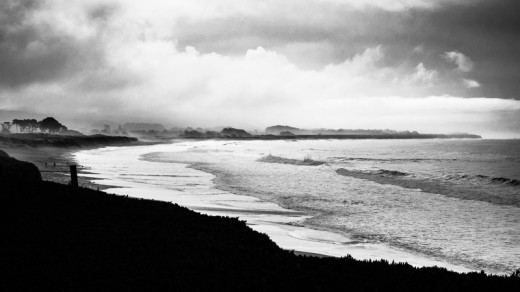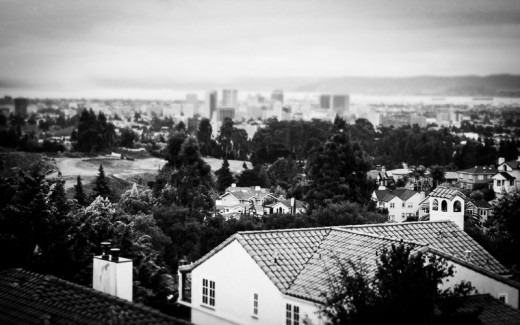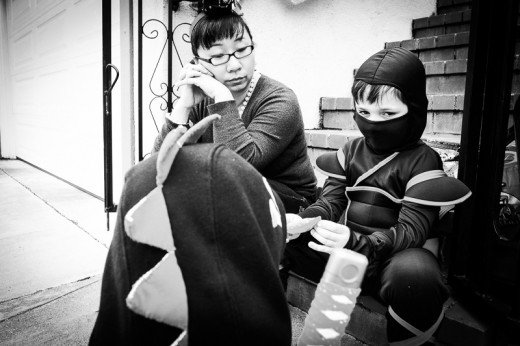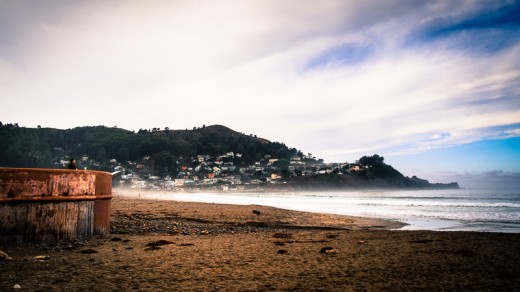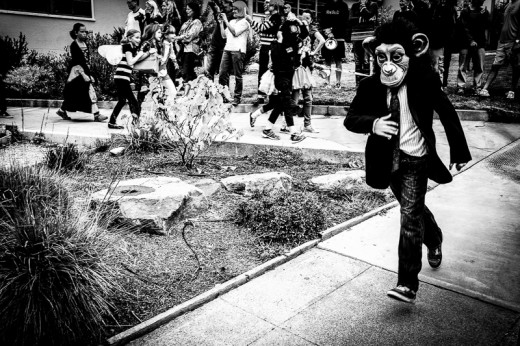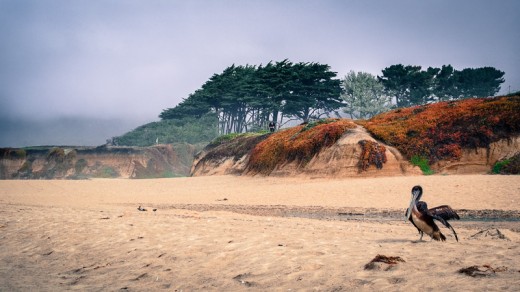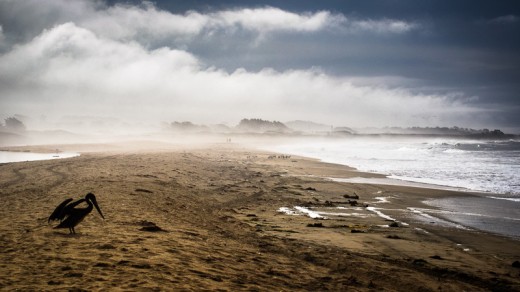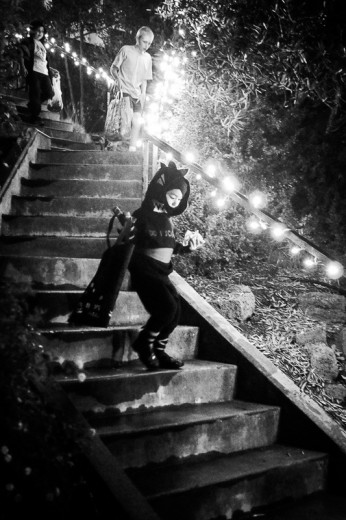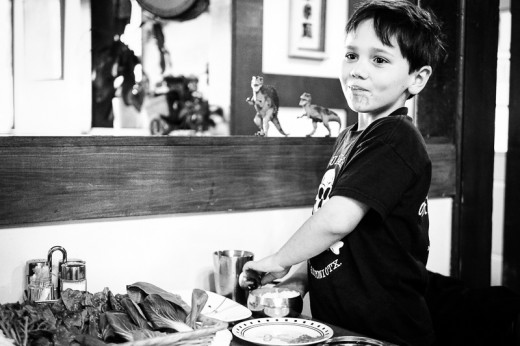Stalled Out in San Jose, CA: Oakland, Halloween, and the Pacific Coast Highway with the Olympus OM-D
So here we are, on the West Coast, visiting family. We started in Oakland with my step-sister, where Isaac trick-or-treated with his cousins. Then we drove down to San Jose, spending some time on the PCH so that Isaac could check out west coast beaches and so I could snap a few photos. Now we’re stalled out in San Jose, where Isaac is under the weather and he and I are holed up in our hotel bedroom. What better time to blog, right?
Forgoing any sort of Canon DSLR kit, I treated this trip similarly to our trip to Spain, but this time with the Olympus OM-D in place of the Panasonic GF-1. I have just two lenses with me: the Panasonic-Leica 25/1.4 Summilux and the kit Olympus 14-42. The zoom gives me range, the prime gives me speed and isolation. The bottom line shooting with the OM-D? I wish I had the Olympus 45 f/1.8 so that I’d have a faster short tele, but other than that, I no longer feel any need to bring a bulky DSLR kit with me while traveling, unless it’s for a paid gig or a once-in-a-lifetime, photo-specific journey. Even then, I would consider rounding out my OM-D kit with some better lenses rather than bring the Canons. For most purposes, it’s really just that good.
This blog post, though, is really not about the gear–I love traveling and seeing new places, and I wanted to share some photos from the West Coast. Since I haven’t really written anything about the OM-D, though, I figured I’d throw out a bone to my more gear-keen friends that might be reading. I also wanted to mention it because, as I have repeated ad nauseum, we are at an amazing point in digital photography where you have so many choices, in every size and price range, that are capable of delivering fantastic results. The OM-D is a formidable tool in a very small form factor, and even the basic kit lens is very capable.
With an ever-increasing percentage of our families and friends on the West Coast, Hanna and I travel out here periodically, splitting our time between cities spread out over 560 miles of Northern California and Southern Oregon. Some of the visiting is picturesque (Ashland, OR, Mt. Shasta, etc.) and some a bit less visually stimulating (a hotel room near the airport in San Jose, for example). Because everyone is so spread out, and because our time is usually spent bopping from place to place and visiting folks, I generally don’t have lots of photographic opportunities.
Still, I try to take what I can get, and steer things towards the picturesque when possible. What I usually end up with is some mish-mash collection of people and landscapes, intimate candids with family and sweeping views of mountains, oceans, or waterfalls. This mish-mash, while sometimes not constituting a cohesive story with a strong narrative thread, neverless represents rather accurately our travels and our lives.
I think the key to good travel photography–whether personal or professional–is to communicate your experience and the essence of it in the places you visited. It should tell a story, it should communicate a feeling, it should be an expression of yourself. I personally find that when traveling, I have a more documentary, run-and-gun style of shooting. I tend towards black and white, and with the OM-D, I generally tend towards JPEGs over RAW for a variety of reasons, not all of which I can articulate. I hope they communicate our experience, and I hope that they’re compelling images. And if not, then I still have them for myself! :-)
The wonderful thing about a compact, mirrorless camera like the OM-D is that you can walk, hike, and travel relatively unencumbered. My whole Olympus kit fit in a small bag that fit in my backpack along with all of my other carry-on stuff for the plane (laptop, magazines, etc). I can carry it around on my shoulder all day and forget that it’s there. I believe it allows you to experience your travels more fully, as you are not constantly conscious of the camera (and it is also less conspicuous when photographing others).
Traveling is often a great opportunity for photographers because it presents new subjects, situations, geography, architecture. There are things that are strange and unfamiliar, routines that are altered. Discovery. Newness. Excitement. It can be a breath of fresh air. Sometimes you can bring that renewed perspective home with with you and see the familiar anew. When you travel somewhere familiar and do familiar things, remember that your ordinary is not everyone’s ordinary. What may be everyday to you may be inspiring, compelling, or intriguing to others.
It is that duality in my own West Coast mish-mash photography, I think, that appeals to me–there are the personal, intimate, moments with familiar faces, and then the freshness of new experience.
On the most basic level, I just love to travel and see new places. Being a photographer, it is only natural that I bring the camera along. I enjoy sharing my experiences, and I enjoy reliving them through photographs. I also enjoy those moments that don’t get photographed and live on only in memory.
Long ago, before I discovered cameras and photography, I believed that it was more important to experience a time and a place than to photograph it, and that the memories were actually richer if not captured. Since, I obviously take a camera with me everywhere. Still, I believe in my original philosophy, and increasingly, I find myself putting the camera away at certain times, and living in the moment, drinking in the other senses all around me–the salty, briny smell of the wind off the ocean; the quiet roar of waves crashing on the sand; the murmur of life going by outside my hotel window while I sit inside, watchful over my ailing child. Every experience, every day, every commonplace thing–they are all important. They are the grains of sand, the broken shells and pebbles, the kelp and rocks and tiny creatures that make up the vibrant beach of your life.
